Removing Ransom.Petya!g1 Manually
Look at various different errors caused by Ransom.Petya!g1 0x000000FE, 0xf0814 CBS_E_INVALID_CONFIG_VALUE invalid setting configuration value, 0x80248009 WU_E_DS_MISSINGREF The data store is missing required information or has a reference to missing license terms, file, localized property or linked row., 0xf081E CBS_E_NOT_APPLICABLE the package is not applicable, 0x80246001 WU_E_DM_URLNOTAVAILABLE A download manager operation could not be completed because the requested file does not have a URL., 0xf080B CBS_E_PROPERTY_NOT_AVAILABLE requested property is not supported, 0x8024C001 WU_E_DRV_PRUNED A driver was skipped., 0x00000124, 0x00000078, 0x80244000 WU_E_PT_SOAPCLIENT_BASE WU_E_PT_SOAPCLIENT_* error codes map to the SOAPCLIENT_ERROR enum of the ATL Server Library., 0x00000058, 0x80242007 WU_E_UH_INSTALLERHUNG An operation could not be completed because the installer exceeded the time limit., 0x80244012 WU_E_PT_DOUBLE_INITIALIZATION Initialization failed because the object was already initialized., 0x00000067, Error 0x80070542, 0x000000E3Tutorial To Block Ransom.Petya!g1 From System
Ransom.Petya!g1, a pernicious computer threat which damage the saved data and make other program unresponsive. Number of fake malicious process start running on the background which make consume more RAM memory and increase load on the CPU. This unwanted background process will create a havoc to the infected System, which make the System more sluggish then before. However Ransom.Petya!g1 will not only make the infected System slow, but after the infiltration the risk on privacy setting will be increased.
Hacker linked with this Ransom.Petya!g1 threat will easily enter into the System and collect all the private data. These private data is send to the third party, which will make benefit from it and even start demanding extortion money from the user. You will notice after the infiltration of this threat the System will take more time to boot-up. Therefore you must learn the steps to Delete Ransom.Petya!g1 from the System.
Part 1 : Start Your System In Safe Mode With Networking
Delete Ransom.Petya!g1 For Window XP/Vista/7
- Click Start Menu >>> select the Restart option.
- Simultaneously press F8 button while the System start booting.
- Here you will get Advance boot menu.

- In this Advance boot menu select Safe Mode With Networking Option.
- To open System in Safe Mode With Networking press Enter button.

Delete Ransom.Petya!g1 For Windows 8/10
- Click on Start Menu, hold Shift key and the press Restart button.

- In next Window select Troubleshoot option then click on Advanced Options.
- Here select the Startup Settings option.
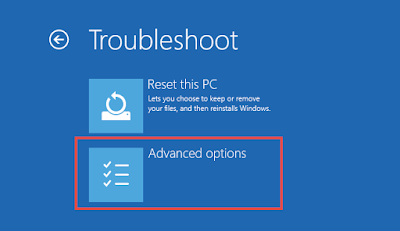
- Select Enable Safe Mode option then click on Restart button.
- Now Press F5 button for EnablingSafe Mode With Networking option.

- Right Click on Task Bar and the select Task Manager.
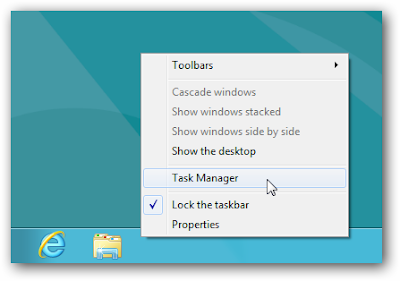
- You can also open Task by simultaneously press ALT+Ctrl+Del.
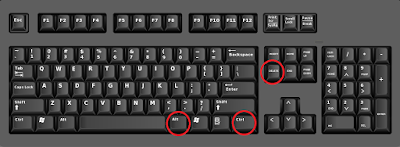
- Now Windows Task manager option will be open on screen.
- Find and select malicious process then click on End Task button.
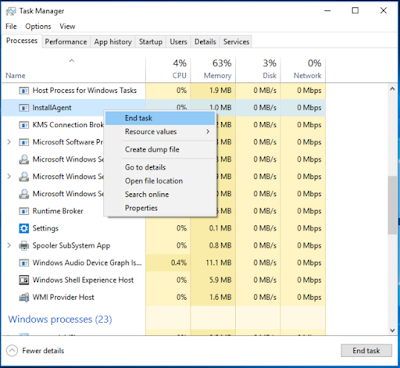
Delete Ransom.Petya!g1 From Windows XP
- Go the Start menu and select Control Panel.
- The select Add or Delete programs option.
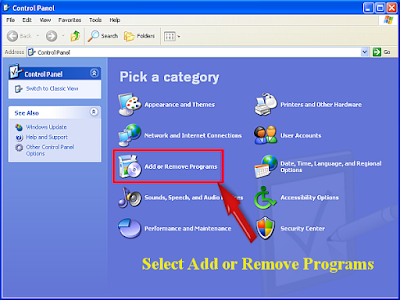
- In this Windows find Ransom.Petya!g1 and Delete unwanted installed program from your System.
Delete Ransom.Petya!g1 From Windows 7
- Press the Windows key to open All program list.
- Here select Control Panel Option.
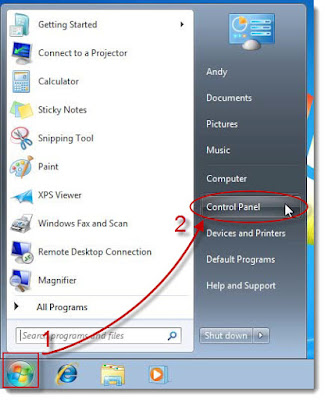
- In Control Panel Windows select Programs menu and then click Delete a programs.
- Them select the Ransom.Petya!g1 and click on Delete option.
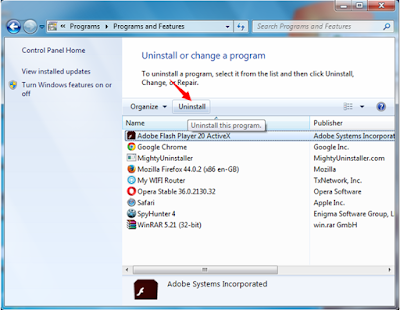
Delete Ransom.Petya!g1 From Windows 8
- Together Press Win+R button to open Run Box.
- In Run Box type control panel and hit Enter button.
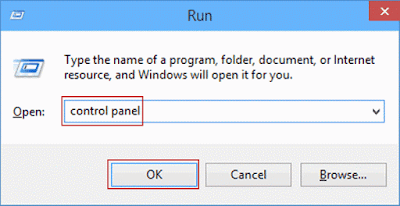
- On Control Panel and then Click Delete a program.
- Find unwanted programs and click on Delete option.
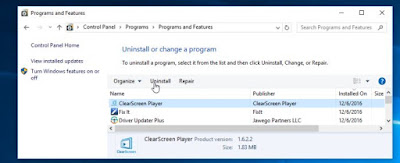
Delete Ransom.Petya!g1 From Windows 10
- Press Start Menu and select Settings option.
- Now choose System option here.

- Select on the Apps and Features option.
- On the is Windows Find Ransom.Petya!g1 and click on Delete option.

Delete Ransom.Petya!g1 From Google Chrome
- Open Google Chrome browser then click on icon to top right corner to open Chrome menu.
- Now click on the Tools option.
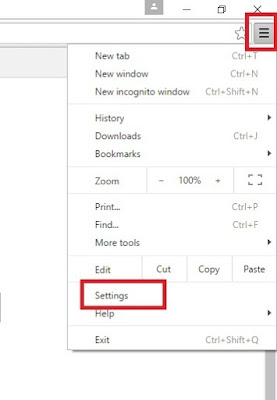
- Go to Extension and select all unwanted extension.
- Click on trash icon to Delete Ransom.Petya!g1 from Google Chrome.
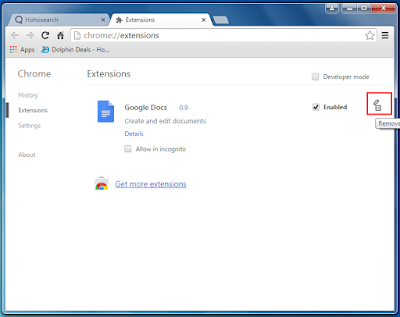
Delete Ransom.Petya!g1 From Mozilla Firefox
- Click on Setting icon on top right corner to open browser menu.
- Now select Add-ons >> On Add-ons Manager tab select Extensions or Appearance panel.
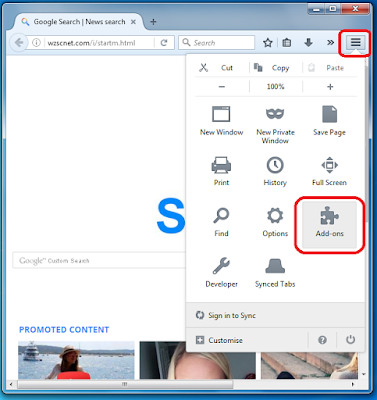
- Select Ransom.Petya!g1 to Delete it.
- Click on the Delete button or Trash option.
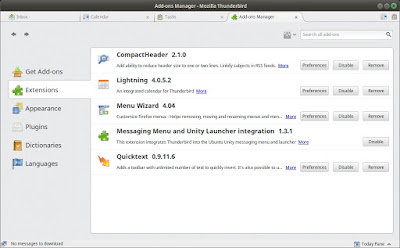
Delete Ransom.Petya!g1 From Internet Explorer
- Press Alt+T buttons on Internet Explorer to open Tool Option.
- Also to open Tools option click on Gear Icon from the right-top corner.
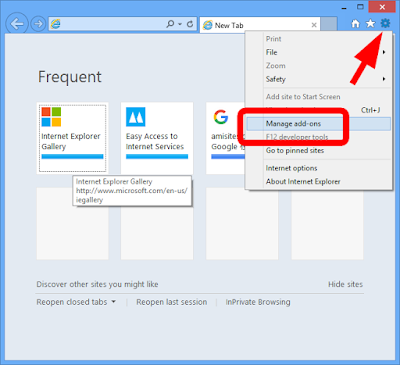
- Click on Manage Add-ons option then select Toolbars and Extensions tab.
- Find Ransom.Petya!g1 and related add-ons then Click Disable.
- Finally click on Delete button.
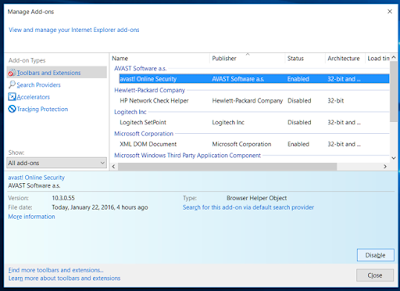
Delete Ransom.Petya!g1 From Microsoft Edge
- Open Microsoft Edge then click on More (...) icon.
- Now click on A specific page or pages option.
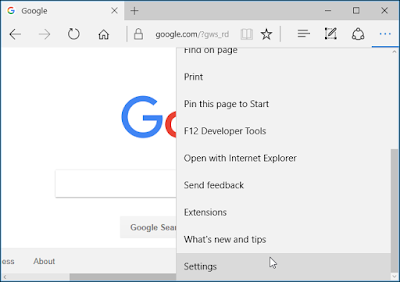
- Select Custom option >>> type the URL of the page.
- Now to fix it Restart your Microsoft Edge Browser.
Reset Microsoft Edge
- Click on More (...) icon, then select Settings option.
- Under Settings section click on Clear Browsing Data.
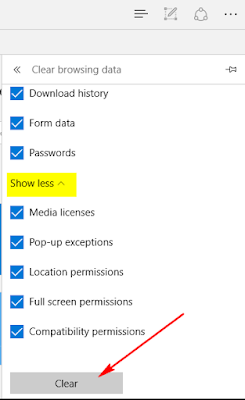
- Here click on Choose what to clear >> then click Show more.
- Select all and click Clear.
Reset Internet Explorer
- Click on Tools menu and select Internet Option.
- Click on Advance tab then click on Reset button.
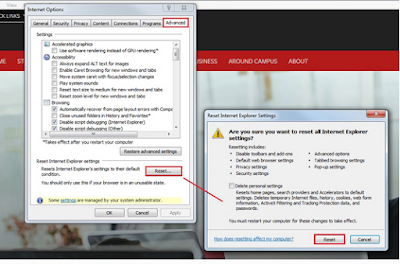
- Find Delete Personal Settings and then press Reset Button.
- Finally click on Close Button and Restart your IE.
Reset Google Chrome
- Click on Chrome menu to open the Settings.
- Now on Drop down option click on Settings option.
- Type Reset on the Search Box of Chrome Settings.
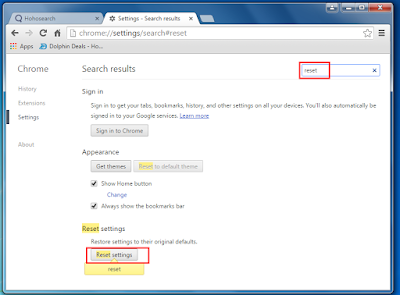
- Then click the Reset button until the Task is not completed.
- Then Restart the Browser.
Reset Mozilla Firefox
- Click on Firefox menu and click Help option.
- Here select Troubleshooting Information option.
- Press Refresh Firefox button from top of page.
- Click Refresh Firefox button and then Restart your Mozilla Firefox.
- Open Run Command >>> Press Win + R keys together.
- On Run Command Type regedit and hit Enter or Press OK.

- Find and Delete all related registry files of Ransom.Petya!g1.
- HKEY_LOCAL_MACHINESystemCurrentControlSetServicesWpm
- HKEY_CURRENT_USERSoftwareMicrosoftInternet ExplorerMain Default_Page_URL
- HKEY_LOCAL_Machine\Software\Classes\Chrome
- HKEY_CURRENT_USER\Software\Microsoft\Windows\CurrentVersion\Run .exe
- HKCU\Software\Microsoft\Windows\CurrentVersion\Internet Settings\random
- HKEY_LOCAL_MACHINE\SOFTWARE\Microsoft\Windows\CurrentVersion\run\random
- HKEY_CURRENT_USER\Software\Microsoft\Windows\CurrentVersion\Internet Settings CertificateRevocation
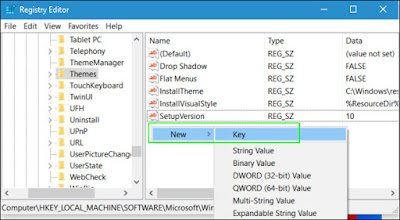



No comments:
Post a Comment